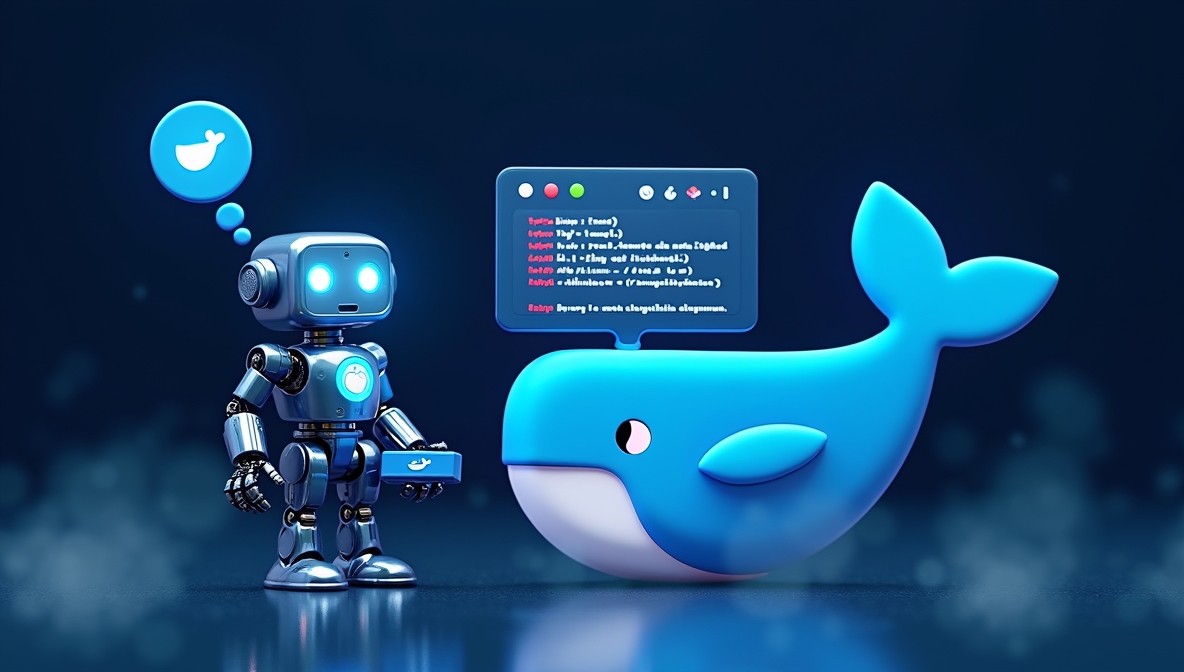How to Create a Docker Image: Step-by-Step Beginner’s Guide | OpsNexa
In today’s fast-paced world of software development, being able to build and ship applications quickly, consistently, and reliably is a superpower.
At OpsNexa, we believe one of the biggest steps toward mastering modern DevOps practices is understanding how to create your own Docker images.
If you’ve ever wondered:
-
“How do I build a custom Docker image?”
-
“What tools do I need?”
-
“What’s the best way to create efficient and secure images?”
You’re in exactly the right place! 🚀
Let’s dive into the exciting world of Docker images and start building like a pro.
What is a Docker Image?
Before we jump into the “how”, let’s get clear on the “what.”
A Docker image is a lightweight, stand-alone, executable package that includes everything needed to run a piece of software — including:
-
Code
-
Runtime
-
System tools
-
Libraries
-
Configuration files
You can think of it like a snapshot of your application and its environment.
👉 Images are the building blocks of containers.
When you run an image, you create a container — a live instance of the application.
In short:
Image = Blueprint
Container = Running Application
Why Create a Docker Image?
Building your own Docker image allows you to:
✅ Package your app and all its dependencies into a single portable unit
✅ Ensure consistency across development, testing, and production
✅ Simplify deployment to cloud platforms like AWS, Azure, GCP
✅ Version your environment just like you version your code
At OpsNexa, we help businesses leverage Docker to unlock these advantages at scale.
Step-by-Step: How to Create a Docker Image
Alright, let’s roll up our sleeves and build your first image!
Step 1: Install Docker
First, make sure you have Docker installed on your machine.
-
On Linux:
-
On macOS/Windows:
Download and install Docker Desktop from the official Docker website.
✅ After installation, test it:
Step 2: Set Up Your Project Directory
Create a new directory for your project:
Inside this folder, place your application files. For example, if you’re building a basic Node.js app:
Also, create a package.json (if needed for Node apps) or whatever setup your app requires.
Step 3: Write Your Dockerfile
The Dockerfile is the magic script that tells Docker how to build your image.
Inside your project directory, create a file called Dockerfile (no extension) with this content:
Breakdown:
-
FROMspecifies the base image (Node.js in this case). -
WORKDIRsets where your code will live inside the container. -
COPYcopies your app files into the image. -
RUNinstalls your dependencies. -
CMDtells Docker how to start your app.
Best Practice Tip from OpsNexa:
👉 Always use minimal base images like node:18-alpine to keep your images lightweight and secure!
Step 4: Build Your Docker Image
Now, it’s time to build your image from the Dockerfile.
Run this command inside your project directory:
Explanation:
-
docker buildis the command -
-t my-node-apptags the image (naming itmy-node-app) -
.tells Docker to use the current directory
After a few seconds (or minutes, depending on your app size), you should see:
Congratulations — you’ve created your first Docker image! 🎉
Step 5: Run Your Docker Image (Test It!)
Let’s make sure everything works.
Run your container from the image:
You should see:
If you need to map ports (e.g., for a web server), you can do:
Step 6: (Optional) Push Your Docker Image to Docker Hub
Want to share your image or deploy it from anywhere?
Push it to Docker Hub — Docker’s public cloud repository.
Steps:
-
Log in to Docker Hub:
-
Tag your image appropriately:
-
Push it:
✅ Now, your image is available to pull and run on any machine in the world!
Pro Tips for Creating Awesome Docker Images
Here are OpsNexa’s expert tips to create better, faster, and safer images:
🔹 Use .dockerignore
Just like .gitignore, this file prevents unnecessary files (like node_modules, .git, etc.) from being added to your image.
Example .dockerignore:
🔹 Optimize Layering
Docker caches layers during builds. Combine related commands into a single RUN to optimize build time.
Example:
🔹 Keep Images Lean
Use minimal base images and remove unused packages.
🔹 Pin Versions
Always specify versions (node:18) instead of node:latest to avoid unexpected updates breaking your builds.
Common Problems (and How to Solve Them)
| Problem | Solution |
|---|---|
| Image build is slow | Clean up your Dockerfile, use smaller base images |
| Application not running in container | Check working directory and CMD instruction |
| Image too large | Minimize dependencies and unnecessary files |
| Port not accessible | Ensure ports are exposed and mapped correctly |
Remember: small tweaks lead to big wins in Docker efficiency!
Final Thoughts: Build Smart, Ship Faster 🚀
Learning how to create Docker images isn’t just about building containers.
It’s about building better software experiences — faster, more consistently, and more securely.
Whether you’re:
-
Building a web app 🚀
-
Setting up a microservices architecture 🛠️
-
Deploying to cloud environments ☁️
Knowing how to craft custom Docker images gives you a major advantage.
At OpsNexa, we help businesses and developers unlock these possibilities with cutting-edge cloud-native strategies.
So, what will you build next?
Your next innovation is just a Dockerfile away. 🏆
You can also Contact OpsNexa for Devops architect and devops hiring solutions.



